The reality is that we need to learn to save fuel, not only to save money, but also to save Earth and our dwindling resources.
In this post we refuel your knowledge on how the car rental gas policy works, and we show you how to save fuel while driving a rental, or your own vehicle for that matter.
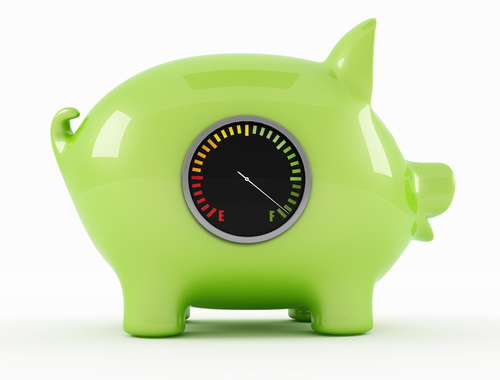
Are you a frequent traveler looking to maximize your benefits? Don’t miss our detailed guide on Car Rental Loyalty Programs. Here, we delve into the various programs offered by top car rental companies, explaining how you can take full advantage of perks like free upgrades, priority service, and reward points. Whether for business or leisure, understanding these loyalty programs can significantly enhance your travel experience.
Rental Fuel Packages: How to Choose the Right one for You
Does car rental include fuel? It would have been amazing if all rentals came with an unlimited supply of gas and/or miles, wouldn’t you say? Unfortunately life is not a fairy tale and when you hire a rental car, it is prudent to compare the different car hire petrol charges.
What is the first thing you do when you need a rental car? In my slightly biased opinion, you start by deciding what you would like to drive, and then you click on Car Rental Reviews to find your perfect vehicle rental partner. Compare vehicles that will match your current rental needs.
short metropolitan business trip
For a short metropolitan business trip, choose a small rental car that’s easy to drive and light in traffic—consider a runaround hybrid or EV; while for longer drives, like a cross country road trip or drive to your favorite holiday destination, a family sedan or SUV might be the way to go (check for hybrid or EV options).
Discover essential tips and the latest trends in business car rentals for 2023. Our latest blog post covers everything from electric vehicles and contactless rentals to subscription services and personalized options. Stay ahead in your business travel with these insights: Efficient Car Rental for Business Travel: Essential Tips for 2023.
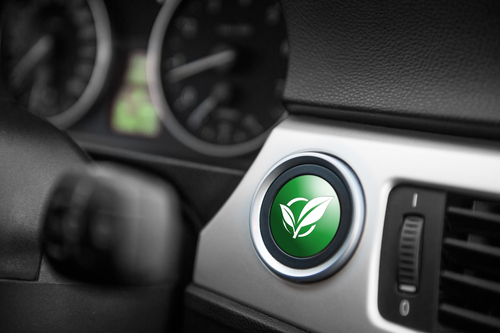
Our post Off-Grid Communities: When the Wrong Turn, is Really the Right One, will give you some fresh ideas for a road trip through off-grid communities in America, but first we explain rental fuel packages:
- How does a Full to Full fuel policy rental work? It means you need to return the car with exactly as much fuel as it had when you picked it up. This kind of policy is the ideal choice if you want to keep your fuel bill low, and you know that you will have enough time to refill the gas, and meet the return time. This is standard for most rentals.
More about fuel packages
- How do Pre-purchase fuel policies work? If you have a Pre-purchase fuel policy, you will be charged a tank of fuel when you pick up your car and it won’t be necessary to fill up before you drop the car off, but any fuel left in the tank won’t be refunded. It’s convenient if you plan on doing a lot of driving and you’re returning the rental car after hours. If you are only going to use the rental for a short trip, you will lose money since you won’t use the full tank you paid for.
- How does the Pre-purchase (refund) fuel policy work? The pre-purchase (refund) fuel policy requires you to pay for a tank of fuel at pickup, and receive a refund at drop-off for any remaining fuel. Again, this is useful if you’re dropping off after the counter closes and a refund should be in your account after 15 days.
- Pre-purchase fuel (partially refundable): what does it mean? Essentially, you’ll pay for a tank of fuel, and get a refund for any fuel left in the tank at the end – less a service charge.
| A refueling fee is a fee charged by rental car companies when a renter returns a car with a lower fuel level than stipulated in the rental agreement. |
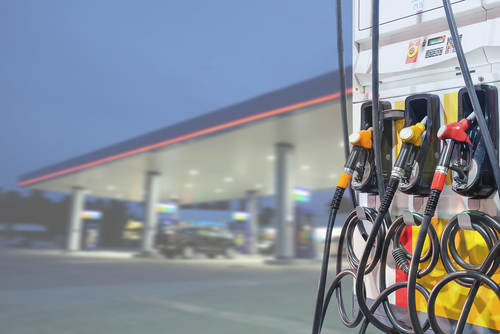
How should I choose a fuel policy?
This depends on how much driving you plan to do, when you would like to drop your rental off, and how much you’re willing to spend. Each fuel policy has its own pros and cons, as you can see above.
Rental cars are hired for a variety of reasons, and one company’s fuel policy might not be the most suitable for your needs. If you know you will be using close to a full tank, Full to Full is a no brainer, plan your trip and choose a fuel plan according to those needs. If you are lucky enough, your rental company may be having a special, and you get a free tank!
Tips To Save Fuel and Dollars
It has been repeatedly proven that your personal driving habits are the biggest influencer when it comes to miles per gallon, and how to save fuel. It is also important to note that, not only can bad driving lead to accidents or road rage, it’s also expensive.
Your Daily Driving Habits
In addition to making car travel safer, improved driving habits can save you significantly at the gas station. The following suggestions can help you improve gas mileage:
- Drive at a reasonable speed. As speeds rise above 50 mph, aerodynamic drag causes fuel economy to decline significantly.
- Avoid zooming off like Sonic the Hedgehog when you pull off – hard acceleration greatly increases fuel consumption.
- To idle or not to idle… that is the question. Do not let the engine idle for long periods to warm it up, even in winter as this is unnecessary and wastes gas. In general, avoid idling for extended periods and if you’re stopping for more than 60 seconds, turn the engine off to save fuel. Many modern vehicles have automatic engine shut-off systems that do this.
- Adjust your speed in town to time traffic lights. By avoiding repeated braking and acceleration, you will save fuel.
- Whenever you are approaching a red light or stop sign, let your foot off the accelerator early, and allow your car to coast down to a slower speed until you are ready to brake.
- Use a light to moderate throttle to accelerate smoothly. By doing so, the engine rpm is reduced and fuel is saved.
- Upshift as soon as possible if you have a manual transmission. In some cases, you can also save fuel by skipping gears – for example, by going directly from first to third gear.
Gas isn’t Cheap; Don’t Let it go to Waste
With gas prices rising faster than the next Bezos or Musk rocket into space, we are continually looking for ways to use the cars that we drive more economically, whether we own or rent. A simple way to do this is by switching off the air-con. An open window uses much less gas than the energy required to run the compressor.
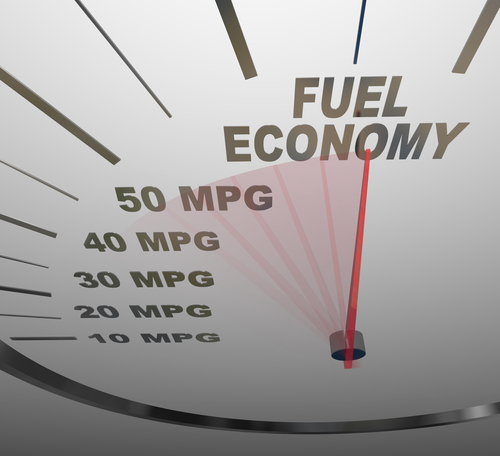
Whenever possible, combine multiple errands in one visit and try to avoid peak traffic times. If you have more than one vehicle, choose the most fuel efficient car for any given trip. Try and find shade for parking or use a sunshield to keep your car cool and avoid having to use the air conditioner. It may sound simple, but the more your vehicle weighs, the more gas it uses. This doesn’t mean that your wife should stay home; it’s just a reminder to remove unnecessary bulky and heavy items from your car.
When not in use, remove roof racks and special carriers. A loaded bike-, canoe- or ski rack can reduce your highway gas mileage significantly.
Here’s a handy little hint for you: According to AAA research, premium fuel does not offer any benefits unless your car’s manufacturer recommends or requires it. You should consult the owner’s manual of your vehicle to find out what type of gasoline to use, but regular should be fine—and cheaper—if nothing else is recommended for your vehicle.
To find an economical rental that suits the needs for your next planned trip, Car Rental Reviews has got you covered.
To Save Fuel, Keep the Gears at the Right Speed
Fuel-efficient driving also involves choosing the right gear for your speed, and trying to keep the revs low. Higher revs require more engine rotations, and as a result, you use more fuel.
How can I save fuel while driving? Keep the revs low by switching into the highest gear possible when driving in urban areas, however, remember to stay within the speed limit. Be aware and keep your revs low, you will be amazed at the difference in fuel spend.
Planning is key
As a final but often overlooked suggestion: reduce your mileage. Don’t worry, you don’t have to completely give up driving. It is a matter of planning ahead just as it is a matter of thinking ahead while driving. Whenever possible, combine your errands into one trip. The engine can reach optimal operating temperature on a longer trip, thus, it consumes less fuel than taking several short trips.
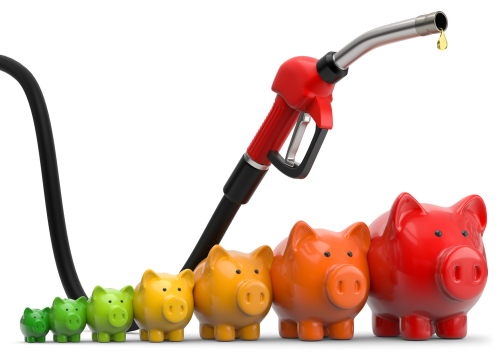
Keeping things in one place: A quick glance at our fuel-saving tips.
- Make sure you are using the right engine oil
- For low rolling resistance tyres, the tyre pressure should be 0.3–0.5 bars higher than the recommended pressure
- Lose excess weight
- Use a fuel consumption display
- Track your fuel consumption
- Make airflow more efficient
- Don’t use the air conditioner or heat (dress accordingly)
- On curvy roads, ascending and descending, turn off the cruise control to save fuel
- When waiting at traffic lights for more than 30 seconds, turn off a warm engine
- Avoid sudden maneuvers while driving by thinking ahead
- Use the correct gear (low revs, high gear)
- You should plan your trips
- Drive less
- When not in use, remove roof racks and bicycle racks
- Measure tire pressure before a trip
Depending on your individual situation, you can save fuel in different ways. In any case, when you combine all our tips in a way that works for you, you’ll have a good chance of reducing your fuel costs. If all of this is making you feel a little queasy, you will find that our blog post, Remedies for Motion Sickness: SOS for your next road trip, is packed with some non-nauseating ideas.
Compare Cars and Their Economy
It helps to know how your car, or a rental model, should, or can perform. FuelEconomy.gov is a brilliant tool to help you minimize your carbon footprint, and ultimately save money through planning.
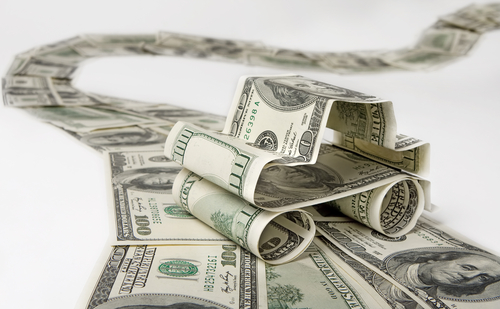
The federal government established FuelEconomy.gov to help consumers make well-informed decisions about fuel economy when buying vehicles and to achieve the best possible fuel efficiency with their cars. The U.S. Department of Energy’s Office of Energy Efficiency and Renewable Energy maintains the site, using data from the Environmental Protection Agency.
Challenge Yourself to Save Fuel
Do you want to reduce your carbon footprint and save money? This personal action plan will help you, and by staying aware of how you are driving, you will save fuel and money without a hassle.
How to reach your goal:
- Aim for maximum fuel efficiency
- Gentle acceleration
- Keep your speed steady
- Be prepared for traffic
- Do not drive at high speeds
- Coast to slow down
Car Rental Reviews has access to rental vehicles and companies that not only suits your driving style, but also your budget.
